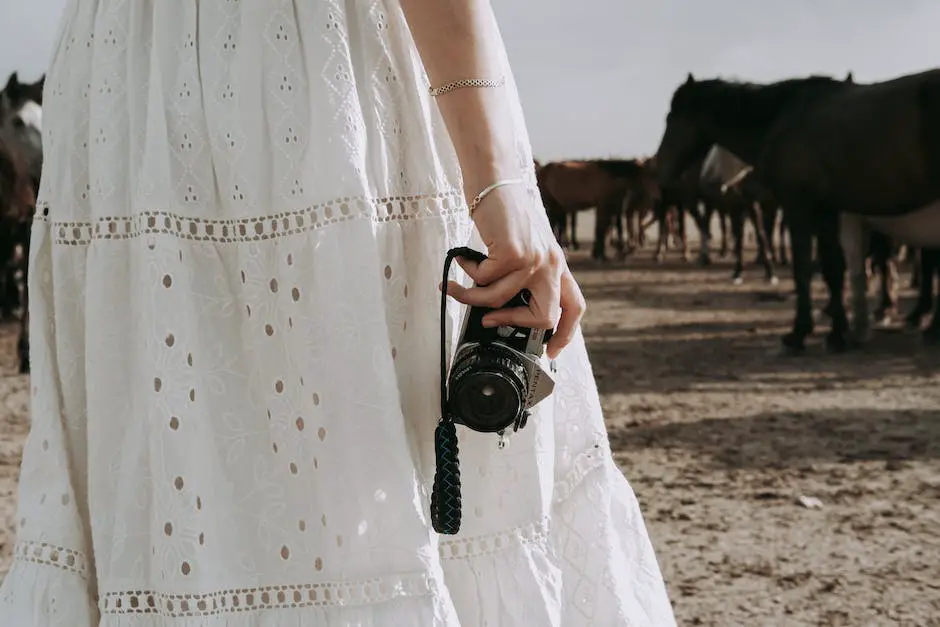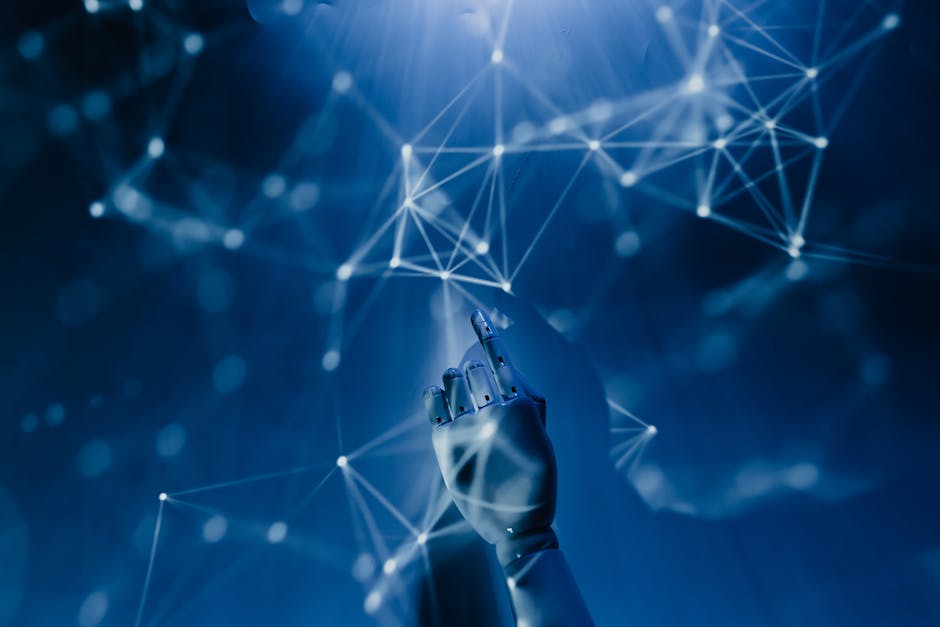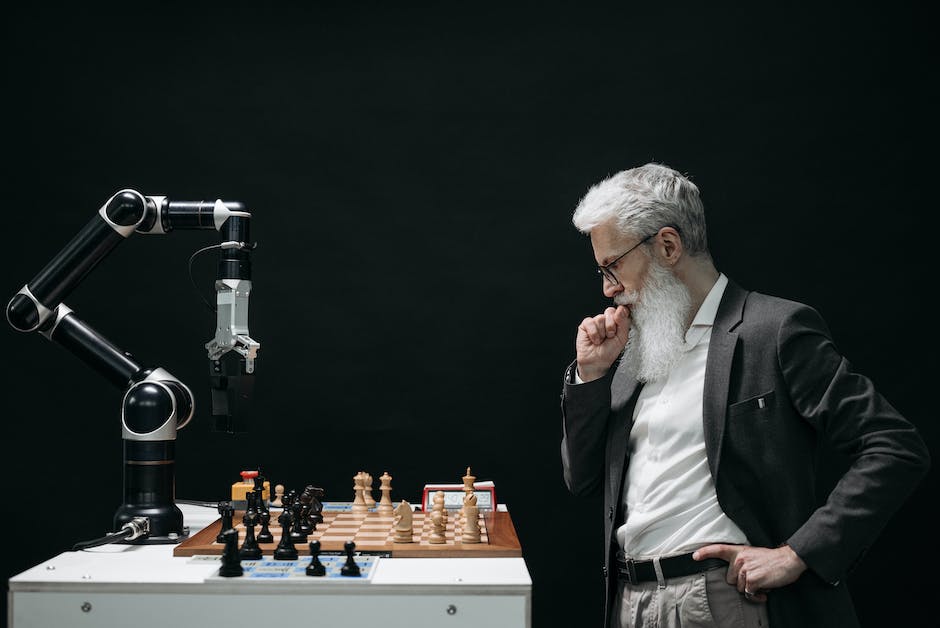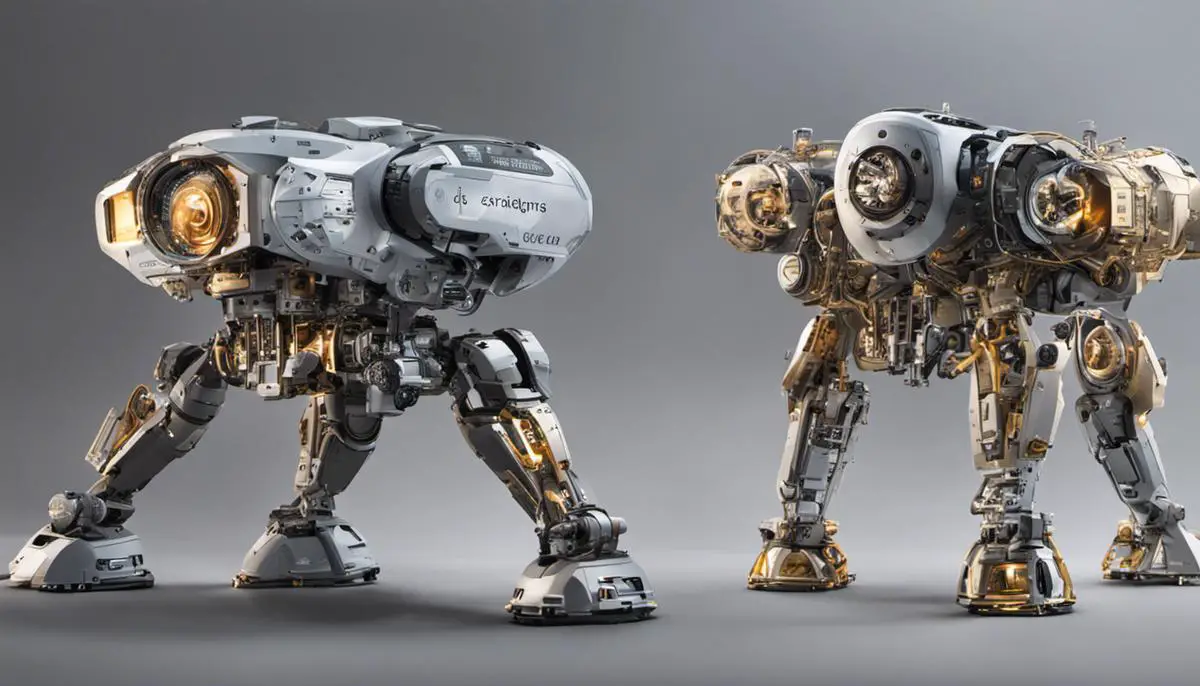As the world continues to delve deeper into the digital age, artificial intelligence (AI) is permeating virtually every industry—including photography. AI imaging is reforming the traditional photography landscape, enabling photographers to produce higher quality images, automate editing, and explore potential future scenarios in the field.
This technological revolution has not only dramatically altered the photography industry but also promises promising future prospects. This piece aims to provide a comprehensive understanding of AI imaging, its functions, the AI tools used in photography, future outlook, and guidance for photographers on how to make the most of these AI tools.
Contents
Understanding the Basics of AI Imaging
Understanding AI Imaging
Artificial Intelligence (AI) imaging, often also referred to as AI-enhanced imaging, is a technological development that leverages machine learning algorithms to improve the quality, composition, or interpretability of images. The technology relies heavily upon AI’s ability to learn, recognize, and interpret complex patterns, thereby achieving tasks that were formerly specific to the human eye and brain.
AI imaging works by gathering massive amounts of data from various sources, which may comprise thousands or even millions of images. This data serves as the ‘training material’ for the AI. Through machine learning, the AI system learns to distinguish various elements in an image and processes them for enhanced output. Deep learning, a more advanced form of machine learning that uses intricate neural networks, can further augment the image recognition abilities of these AI systems.
The Importance of AI Imaging
In photography, AI imaging brings immense value to both professional and amateur photographers. It can enhance image quality, ensure optimal lighting, identify and mark subjects, and even suggest alterations for better image composition. The utilization of AI in imaging has opened doors to the automation of editing tasks, enabling photographers to focus more on capturing the perfect shot while the AI system worries about the adjustments needed.
Moreover, AI imaging simplifies the process of organizing and managing large photo libraries, a task that used to be both time-consuming and arduous for photographers. With AI’s capacity to recognize and categorize images based on objects, themes, environments or even faces, photographers can now search their archives with a keyword, instead of having to manually sort through thousands of images.
Not just that, AI systems can also analyze the aesthetic quality of a photo, making recommendations on how to achieve the most visually pleasing images. Smarter cameras equipped with AI features are also capable of automatic scene detection, allowing photographers to capture the best shots irrespective of the setting or lighting condition.
The Progression of AI Imaging
The evolution of AI imaging has its roots nested deeply within the broader advancement of artificial intelligence and deep learning. Earlier, AI systems chiefly depended on handcrafted features crafted by computer vision experts. Within this model, images were perceived as extensive pixel intensity matrices, with AI used to identify patterns based on these fixed, pre-outlined features.
This practice, however, saw a massive shift with the introduction of Convolutional Neural Networks (CNNs) in the 1980s. These new networks enabled AI to autonomously detect the most relevant features in an image. This key development considerably boosted the efficacy and efficiency of image analysis.
Despite this, CNNs did not gain widespread recognition until the 2010s, facilitated by the availability of vast datasets and the development of graphics processing units (GPUs) capable of handling the computational burden demanded by these networks.
With continuous progress, AI imaging has now emerged as a cornerstone in contemporary photography, instigating a significant change in image capture, processing, and appreciation. While we are only at the beginning of understanding AI’s capabilities in imaging, the technology already exhibits significant potential that could radically reshape the future of photography.

Role of AI Imaging in Photography
Improving Image Quality with AI Imaging
AI imaging technology applied in photography can significantly boost the image quality. This is accomplished through upscaling, a process that expands the pixel count within an image while maintaining its original clarity and detail.
Companies, including Let’s Enhance and Adobe, have constructed AI imaging software targeted at enhancing image quality by rectifying pixilation and supplementing missing details. The AI scrutinizes the input image and adds extra pixels between existing pixels based on patterns and textures it has learned from processing countless other images.
This leads to crisper images, even when magnified. Such technology plays a crucial role in forensic photography as well, where compromising or losing image detail may lead to the disappearance of critical evidence.
Automating Editing With AI Imaging
AI imaging also offers the advantage of automating the often time-consuming editing process. Adobe Sensei, for example, uses AI to automatically tag images based on their content, making it easier for photographers to organize, search, and edit in Adobe Lightroom.
Similarly, Skylum’s Luminar uses AI for a range of editing features, including replacing the sky, enhancing details and colors, and changing the ambient lighting within an image. This automation not only speeds up the editing process but also makes it accessible to novice photographers who may not yet have acquired advanced editing skills.
Predictive Imaging and AI
Another aspect of AI imaging is predictive imaging, which enables realistic rendering of possible future events within an image. This is used in functions such as predicting how a subject’s body will move in a sports photograph, enabling the photographer to shoot at the optimal moment. Companies like Canon incorporate predictive autofocus technology in their products, which uses deep learning algorithms trained on millions of images to anticipate where a moving subject will be, allowing the camera to keep the subject in sharp focus.
AI Re-touching and Real-life Application
AI also simplifies the process of re-touching photographs. An example of this is demonstrated by NVIDIA’s tool, GANPaint Studio, it uses generative adversarial networks (GANs) to add, modify, or remove elements from an image while keeping the edited image realistic-looking.
A case study to illustrate this is the digitization project by The New York Public Library. Using AI tools provided by Google, the library successfully digitized and restored more than 180,000 items from its collection, including maps and stereoscopic views, by efficiently removing noise and damages in the digital reproductions.
AI’s role in imaging has proven to be a game-changer, offering photographers an impressive array of tools. These tools not only enhance the quality of their work, but also streamline the processes involved in photography. By offering improved image quality, convenient photo editing, accurate prediction of movements, and fine-tuned photo retouching, AI imaging is dramatically altering the photography industry landscape.

Detailing the AI Imaging Tools Used in Photography
Exploring Google PAIR: An initiative for Human-AI interaction
Google’s pioneering initiative, the People and AI Research (PAIR), provides tools that are designed to transform how people interact with AI technology. The core of this initiative is a human-centered approach to machine learning, with the added intent of making advanced technology user-friendly and accessible.
Among these versatile tools, Google Facets stands out. This tool offers photographers an interactive platform for detailed visualizations of machine learning datasets. Its key function is to help photographers understand the aspects of dimensionality and distribution within their photography datasets more clearly.
Adobe Sensei
Adobe Sensei acts as an integral part of the Adobe Creative Suite. Using AI and machine learning, Sensei automates mundane tasks and enhances creative processes, thus allowing photographers to focus more on their artistic expression rather than the technical aspects. It enables face detection and recognition, smart tagging, semantic searches, and understanding visual aesthetics.
One key feature of Adobe Sensei for photographers is auto-tagging. With this feature enabled, the AI analyzes each image and assigns relevant tags automatically, thereby simplifying categorization and search process.
Neural Filters by Adobe Photoshop
Nested within Adobe Photoshop, Neural Filters are a set of AI-powered tools that allow the transformation of images beyond traditional editing. These filters enhance images, age faces, generate new facial expressions, and even change the direction of light in photos.
The Smart Portrait filter, an example of a Neural Filter, uses AI to alter facial expressions in photos in ways that were previously impossible. This tool analyzes the content of an image, identifies different features or subjects in it, and allows you to modify each of them independently.
Advantages and Challenges
Photography reaps substantial benefits from AI tools. These applications offer the promise of automating and simplifying the editing operations, proficiently managing vast images databases, and even proposing creative augmentations based on frequently admired aesthetics.
Nonetheless, it’s important to acknowledge the limitations. AI, while proficient in process automation and enhancement suggestions, inherently lacks the emotional sensitivity ingrained in human beings— a crucial facet of any creative endeavor.
Moreover, these AI applications lean heavily on algorithms and the quality of the data they’ve been educated on. Should the training data have bias, be incomplete, or include errors, the yield of these AI tools can likewise be inexact.
They may also falter in grasping and executing abstract or nuanced artistic concepts—something that humans inherently understand. Consequently, it’s paramount that these AI tools be perceived as supplements to human creativity, rather than substitutes.
Exploring Future Prospects of AI in Photography
Comprehending AI’s Role in Photography’s Evolution
AI has brought about significant changes in the field of photography, fundamentally transforming the methods of capturing, editing, and viewing images. Starting with elementary applications like automatic cropping and color balancing, AI has gradually evolved to include more sophisticated functionalities such as object recognition and facial recognition. It has permeated every aspect of image production and alteration, assuming roles previously executed by human hands and frequently surpassing them in terms of capabilities.
The Future of AI in Photography
As AI technology advances, we can expect even more sophisticated image processing capabilities. The introduction of AI-powered cameras has simplified tasks that previously required professional expertise. These advanced cameras can adjust focus, exposure, and white balance on the fly, adapting to different lighting conditions and subjects for optimal image capture.
Potential Challenges in AI Photography
However, the rise of AI in photography also raises several challenges. For instance, concerns about privacy have emerged with the use of AI for facial recognition in photography. Regulations need to be developed around what data AI cameras can record and how it’s used. Additionally, photographers who rely on their traditional skills may fear being outdated or replaced by AI technologies.
Emerging Trends in AI Photography
There are also exciting new trends emerging in AI photography. Computational photography, a field that uses AI to enhance digital photography beyond what’s possible with traditional cameras, is gaining traction. Techniques like HDR (High Dynamic Range) imaging, depth mapping, and post-capture focus are becoming practical due to advancements in AI.
Additionally, AI is enabling photographers to venture into the realm of generative imagery, where new images can be created from scratch or existing images can be transformed in ways previously unimaginable.
The Intersection of Photography and AI
Artificial Intelligence (AI) provides challenges and opportunities in equal measure for photographers. With AI automating mundane tasks, photographers can allocate more time and energy towards creativity and idea generation. Furthermore, AI can be a vital resource for amateurs in the field or for seasoned professionals striving for rapid advancement and skill enhancement.
The continuous growth and evolution of AI is poised to radically transform the photography industry. This innovation will equip photographers with dynamic new tools, simultaneously encouraging them to acclimate and be inventive in their approach.
Practical Guide on Implementing AI Tools in Photography
Identifying the Perfect AI Tools for the Art of Photography
A wide array of AI tools are available, each loaded with a distinct set of features that serve different photographic requirements. To illustrate, Adobe Photoshop’s Lens Correction, an AI tool, can rectify lens distortions, while alternatives like Prisma can morph photos into sketches or artworks. The selection of an AI tool is primarily dictated by the intended result and the specific nature of the project.
When deciding on a tool, ponder on the primary functions and abilities it offers. Determine if the software comes with capabilities including image categorization, object recognition, or scene identification. Such features can dramatically streamline complex processes and tasks, thereby enhancing your work in photography.
Integration Tips for Successful Adoption of AI Tools
The integration of AI into your photography workflow can be seamless if you have the right approach. If you’re moving from traditional methods, start with incorporating AI tools into your routine in small doses. Use features that automate simple tasks like cropping and straightening your photos. As you become more comfortable, you can start using advanced features for more complex editing processes.
Additionally, familiarize yourself with the interface of the AI tool. Many tools have user-friendly interfaces and provide tutorials or guides to help you navigate and understand their features.
Best Practices in Exploiting AI Tools for Enhanced Output
To maximize the benefits of AI tools, keep several best practices in mind. First, ensure to use high-quality input images. AI tools excel when they can draw on extensive, high-quality input data.
Next, experiment with different tools and features. AI software offers a variety of filters, presets, and adjustment options, which provides endless possibilities for creativity. By experimenting with different settings, you can discover new techniques and styles that can significantly improve your work.
Moreover, AI tools come with a learning curve. Spend ample time learning about the tool’s capabilities to get the most out of it. This means learning not just how to use the tool but how to manipulate it to get the results you want.
Lastly, remember to keep your photography style at the heart of your work. While AI tools can enhance your photos, they shouldn’t completely alter your unique photography style. Use these tools as aids to improve aspects of your photos, while still maintaining your signature style.
Adapting AI Tools for Professional Use
Moreover, AI tools can also help you retain your professional brand while making your work more efficient. Using AI tools can reduce the amount of time spent on tedious tasks, leaving you with more time to focus on creativity. AI-based assistants can help with organizing, tagging, and categorizing your images, while AI-enhanced editing tools can help you create truly stunning visuals.
Finally, as AI continues to advance, photographers can utilize these tools to stay competitive in the industry. By effectively integrating AI tools into your photography, you can significantly improve your skills and increase the overall quality of your work.

It’s apparent that the fusion of AI and photography offers an expansive frontier for creativity, precision, and innovation. The potential of AI imaging in enhancing image quality, automating editing processes, and predicting outcomes can’t be understated.
Delving into specific AI tools like Google PAIR and Sensei by Adobe unravels a whole new world of capabilities that can redefine the essence of photography. Looking ahead, the evolving trends, opportunities, and challenges point to a future where AI has a more profound influence on the industry.
As such, equipping photographers with the knowledge and practical skills to integrate AI into their workflow can be a game-changer in breathing new life into their creative process and product.

Emad Morpheus is a tech enthusiast with a unique flair for AI and art. Backed by a Computer Science background, he dove into the captivating world of AI-driven image generation five years ago. Since then, he has been honing his skills and sharing his insights on AI art creation through his blog posts. Outside his tech-art sphere, Emad enjoys photography, hiking, and piano.
